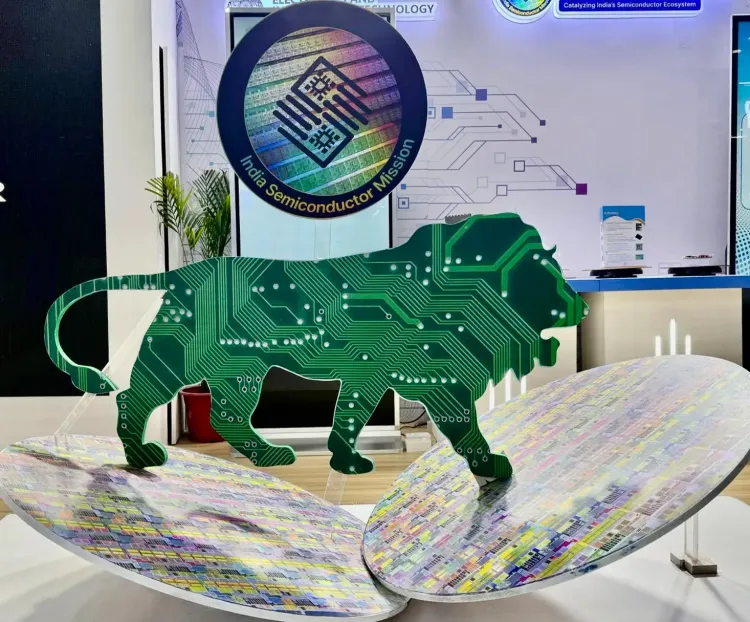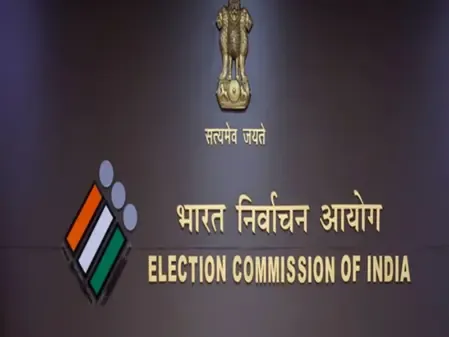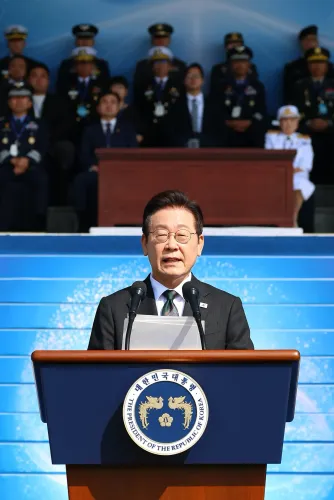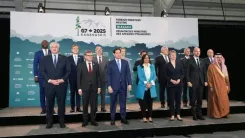What Does the Latest PLI Scheme for White Goods Entail?

Synopsis
Key Takeaways
- 13 companies committed Rs. 1,914 crore in the fourth round.
- Over 50 percent of new applicants are MSMEs.
- Total investment in the scheme reaches Rs 10,335 crore.
- Expected to create 60,000 direct jobs.
- Focus on manufacturing high-value components for air conditioners and LED lights.
New Delhi, Nov 13 (NationPress) A total of thirteen companies have submitted applications with a cumulative investment of Rs. 1,914 crore during the fourth round of the production-linked incentive (PLI) scheme for White Goods (including Air Conditioners and LED Lights), as announced by the government on Thursday.
The application period was available from September 15, 2025 to November 10, 2025.
So far, the PLI scheme for White Goods has garnered a total committed investment of Rs 10,335 crore from 80 approved beneficiaries. It is anticipated to generate production worth Rs. 1.72 lakh crore and create approximately 60,000 direct jobs throughout the nation.
In this latest round, more than 50 percent of the new applicants are Micro, Small and Medium Enterprises (MSMEs), showcasing the increasing confidence of smaller firms in participating in the manufacturing value chain for air conditioners and LED components, according to a statement from the IT Ministry.
The statement further highlighted that among the 13 applicants, one is an existing beneficiary under the PLI Scheme for White Goods, which is committing an additional investment of Rs 15 crore.
According to the ministry, nine applicants, making up 75 percent of the total, have applied for manufacturing components for Air Conditioners with a combined investment of Rs 1,816 crore.
These investments are directed towards producing copper tubes, aluminum stock, compressors, motors, heat exchangers, control assemblies, and other valuable components.
The remaining four applicants have proposed investments totaling Rs. 98 crore for manufacturing LED components, which include LED chips, drivers, and heat sinks.
The proposed investments span six states across 13 districts and 23 locations, significantly contributing to regional industrial development and job creation.
Approved by the Union Cabinet led by Prime Minister Narendra Modi on April 7, 2021, the PLI Scheme for White Goods—with a total budget of Rs 6,238 crore—aims to create a comprehensive component ecosystem for Air Conditioners and LED Lights in India.
This scheme is projected to boost domestic value addition from the current 15–20 percent to 75–80 percent, positioning India as a pivotal global manufacturing hub for white goods.









